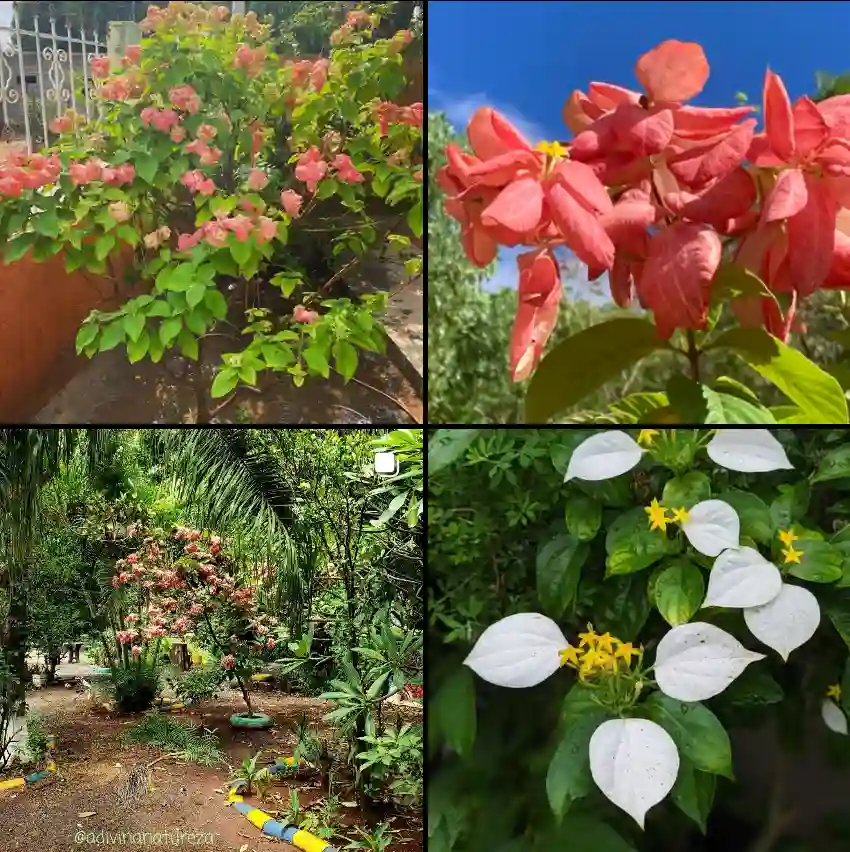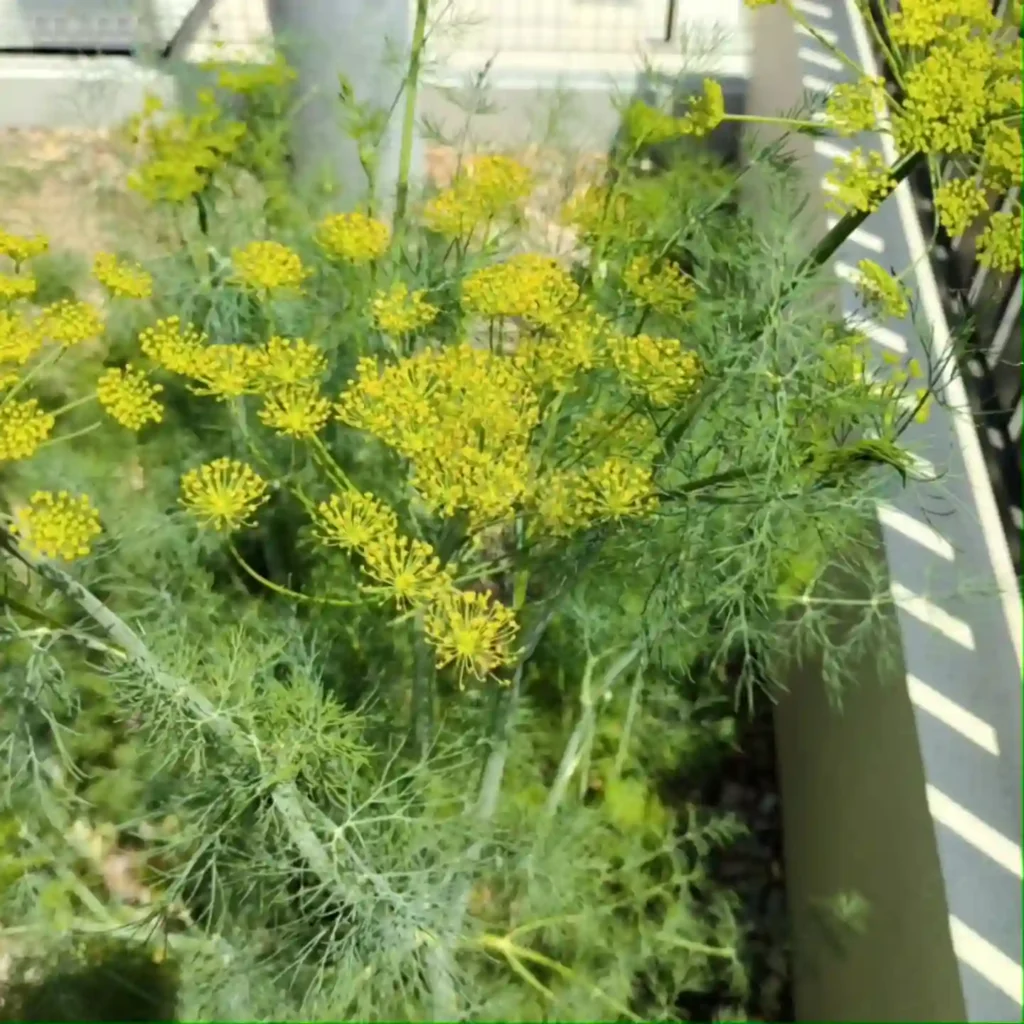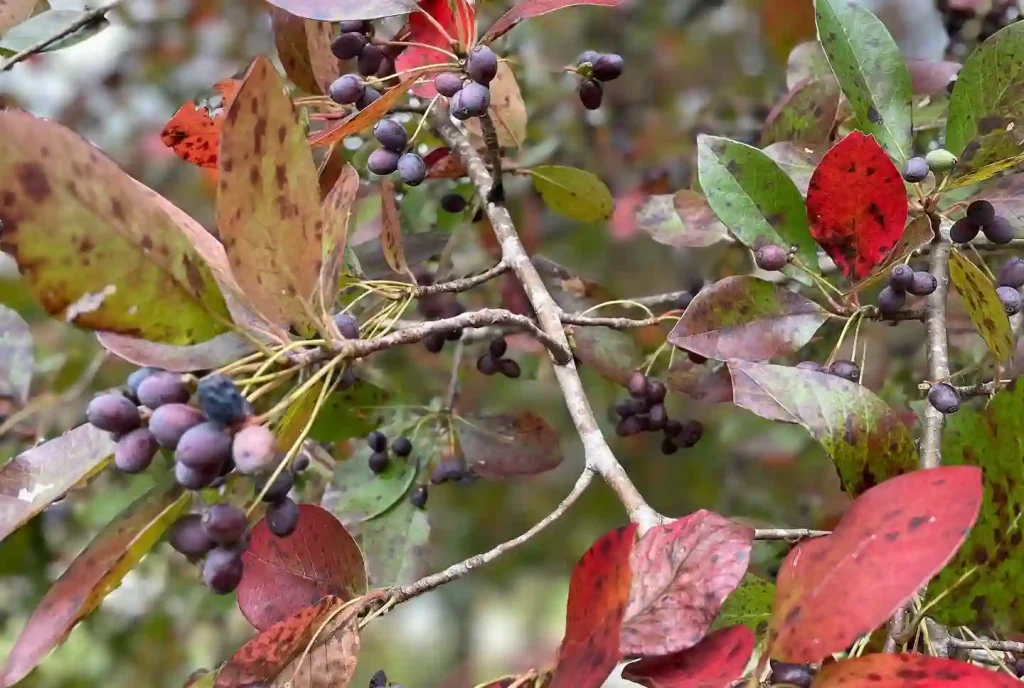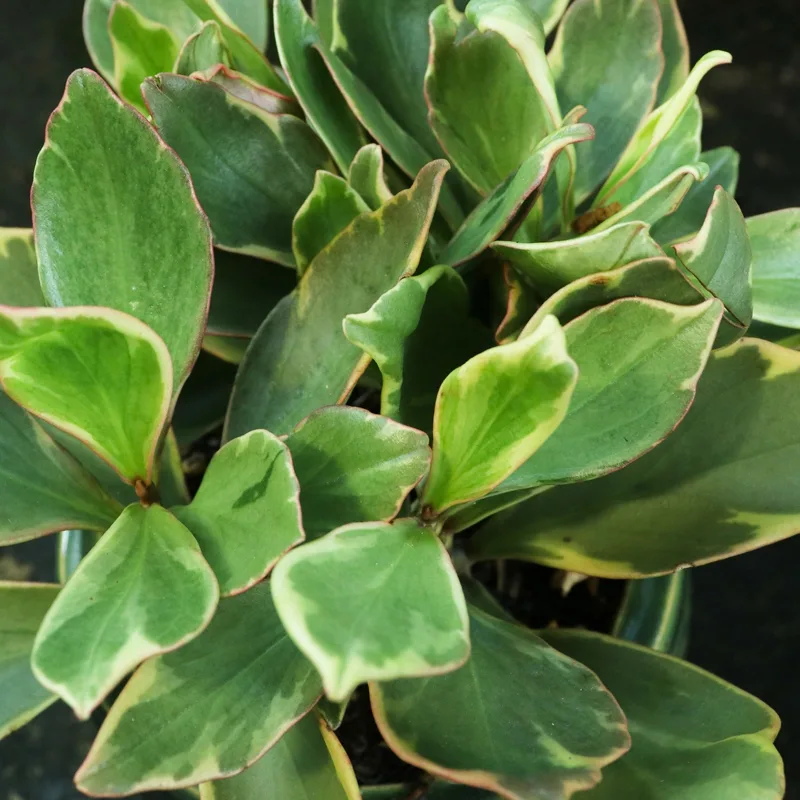Parthenium: A Deep Dive with Ferb Vu
As a plant enthusiast, I’ve always been fascinated by the diversity and resilience of the Parthenium genus. This group of flowering plants, belonging to the Asteraceae family, boasts a remarkable range of species, each with its unique characteristics and ecological roles. Today, I’d like to share my insights into this captivating genus, exploring its various aspects and highlighting some of its notable members.
What is Parthenium?
Parthenium is a genus of flowering plants native to North America, but its reach extends far beyond its origins. These plants are known for their adaptability, thriving in a variety of environments, from arid deserts to lush meadows. They are often characterized by their small, inconspicuous flowers, which are typically arranged in clusters. While some species are considered weeds due to their invasive nature, others are valued for their ornamental or medicinal properties.
A Diverse Family
The Parthenium genus encompasses a rich array of species, each with its own distinct features:
- Parthenium argentatum (Guayule): This shrub is renowned for its rubber production, offering a sustainable alternative to traditional rubber sources.
- Parthenium hysterophorus (Santa Maria Feverfew): This widespread species is often considered a weed due to its aggressive growth and allergenic properties. However, it also holds potential medicinal value, with ongoing research exploring its anti-cancer and anti-inflammatory properties.
- Parthenium integrifolium (Wild Quinine): This perennial plant is valued for its medicinal properties, traditionally used to treat fevers and other ailments. – Plant FAQs: Parthenium Integrifolium
- Parthenium alpinum (Alpine Parthenium): This high-altitude species is adapted to harsh mountain environments, showcasing the genus’s resilience.
- Parthenium arctium Bartlett
- Parthenium bipinnatifidum (Ortega) Rollins
- Parthenium cineraceum Rollins
- Parthenium confertum A.Gray
- Parthenium densipilum S.F.Blake
- Parthenium fruticosum Less.
- Parthenium glomeratum Rollins
- Parthenium incanum Kunth
- Parthenium ligulatum (M.E.Jones) Barneby
- Parthenium lloydii Bartlett
- Parthenium lozanoanum Bartlett
- Parthenium rollinsianum Rzed.
- Parthenium schottii Greenm.
- Parthenium tetraneuris Barneby
- Parthenium tomentosum DC.
The Good and the Bad
While Parthenium species offer various benefits, they also pose challenges. Some species, like P. hysterophorus, are known for their invasive nature, disrupting ecosystems and impacting agriculture. Their pollen can also trigger allergies in sensitive individuals. However, ongoing research is exploring ways to manage these challenges, including biological control methods and the development of hypoallergenic varieties.
The Future of Parthenium
Despite the challenges, the Parthenium genus holds immense potential. Guayule, for instance, is gaining traction as a sustainable source of rubber, reducing reliance on fossil fuels and promoting eco-friendly practices. Moreover, research into the medicinal properties of various Parthenium species continues to uncover promising applications, particularly in the fields of cancer treatment and inflammation management.
My Personal Connection
My interest in Parthenium stems from a deep appreciation for the intricate relationship between plants and humans. These plants, often overlooked or dismissed as weeds, play crucial roles in our ecosystems and offer valuable resources. By understanding their biology and ecology, we can harness their potential while mitigating their negative impacts.
Conclusion
The Parthenium genus is a testament to the diversity and resilience of the plant kingdom. Its members, ranging from the valuable guayule to the invasive P. hysterophorus, offer a glimpse into the complex interactions between plants and humans. As we continue to explore the potential of this fascinating genus, it is crucial to adopt a balanced approach, recognizing both its benefits and challenges. By embracing sustainable practices and promoting responsible research, we can ensure that Parthenium continues to play a vital role in our world.
If i die, water my plants!



